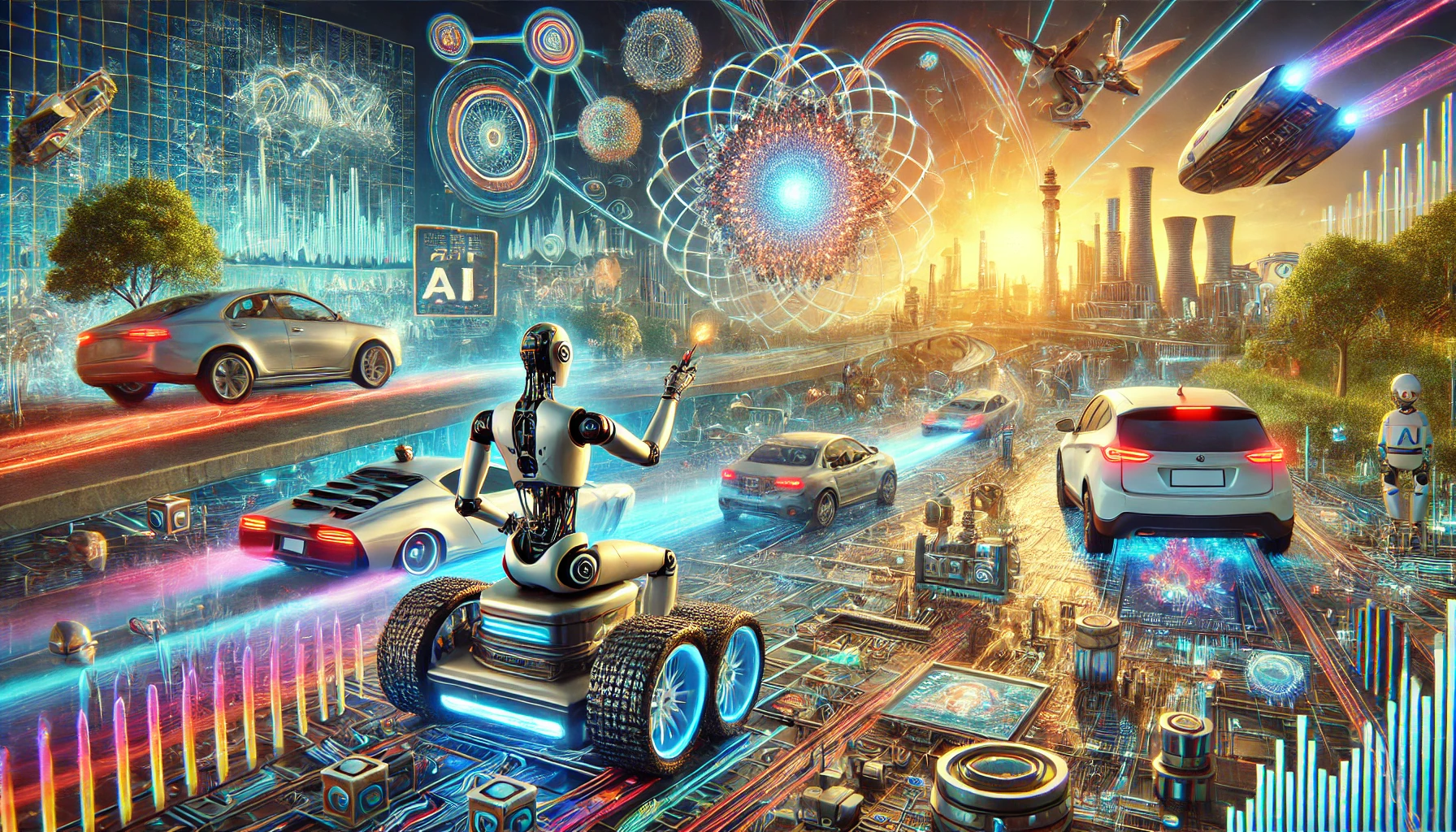Revolutionary Advances in Reinforcement Learning: How AI is Conquering Complex Environments

Introduction to Reinforcement Learning
Reinforcement learning (RL) might sound like something you'd experience in a strict classroom setting, but it’s actually a groundbreaking field in artificial intelligence. In RL, AI learns by interacting with its environment and receiving feedback, similar to how you might learn to avoid stepping on Legos after a painful encounter or two. The feedback helps the system improve its actions over time, leading to better decision-making without any direct instruction. This approach is making waves in fields like gaming, robotics, and autonomous systems, offering a glimpse into a future where AI can adapt to and thrive in complex, dynamic environments.
Gaming: Reinforcement Learning's Playground
Let’s be honest, if you give AI an open-world video game, it’s going to crush it—literally and figuratively. In the gaming world, reinforcement learning has been making headlines since AI systems started outperforming human players in complex games like StarCraft and Dota 2. These aren’t just your average shoot-'em-ups either. These games involve long-term strategy, resource management, and adapting to unexpected situations, perfect environments for RL to show off. Through trial and error, AI learns to optimize strategies, making in-game decisions that would take a seasoned human player years to master. It’s like watching a speedrun on steroids, except the AI doesn’t need snacks or bathroom breaks.
Robotics: Reinforcement Learning Gets Physical
In the real world, robots are stepping up their game, thanks to reinforcement learning. Remember those old robot vacuum cleaners that seemed to have no sense of direction? Now, thanks to RL, robots are learning to navigate complex environments, avoid obstacles, and perform intricate tasks like assembling furniture or making pancakes—well, almost. Companies are pushing boundaries by using RL to help robots learn new skills from scratch. Instead of relying on pre-programmed actions, robots are figuring out how to interact with their environment on the fly. It’s like teaching your dog to fetch, except the robot actually gets better at it every time.
Autonomous Systems: Reinforcement Learning Hits the Road
While gaming and robotics are cool, the real thrill comes when reinforcement learning hits the road—literally. Autonomous systems, particularly self-driving cars, are relying on RL to make split-second decisions in chaotic environments. Imagine trying to navigate rush-hour traffic in downtown LA—yeah, no thanks. But for an AI system using RL, that’s just another day at the office. These systems learn how to respond to unpredictable events like sudden lane changes, jaywalking pedestrians, and rogue squirrels. Each decision is fine-tuned based on feedback, meaning the car gets smarter every time it encounters a new scenario. Pretty soon, your car might be better at driving than you are.
Key Developments and Future Potential
The potential applications of reinforcement learning go far beyond gaming, robotics, and autonomous systems. Researchers are exploring its use in everything from healthcare to finance, where decision-making under uncertainty is crucial. For instance, RL could help optimize treatments for patients or make smarter investments in the stock market (goodbye, financial advisors?). The technology is also being integrated into AI assistants, helping them personalize experiences based on your habits and preferences. But with great power comes great responsibility. As AI systems become more autonomous, ensuring ethical decision-making is more important than ever. Reinforcement learning might be the key to unlocking the next big breakthrough in AI, but only if we can teach it not to turn into a supervillain.
Conclusion: What’s Next for Reinforcement Learning?
Reinforcement learning is clearly revolutionizing how AI interacts with the world, whether it’s dominating in video games, helping robots become more versatile, or keeping autonomous cars on the road. The future is bright, but also a bit uncertain. As RL technology continues to evolve, one thing is for sure—AI is getting smarter, faster, and more adaptable. So, the real question is, how will we use this incredible power in the years to come? Will we let it lead us to a utopia of self-driving cars and pancake-making robots, or will we end up in a world where AI has mastered everything except being nice to humans? Let’s hope for the pancakes.



